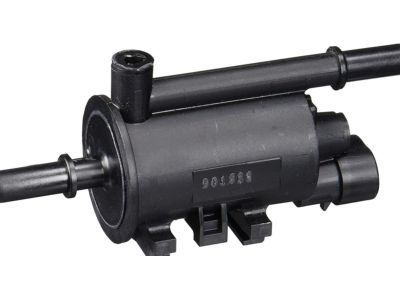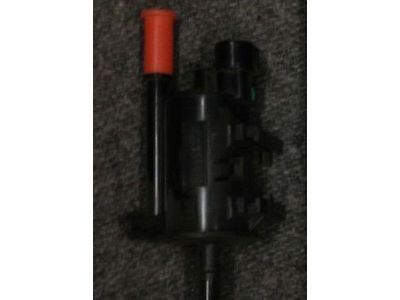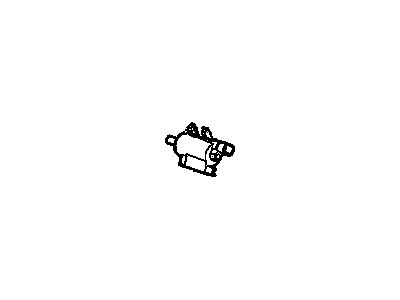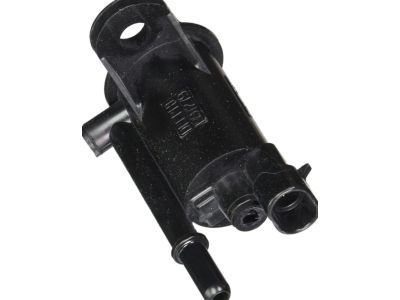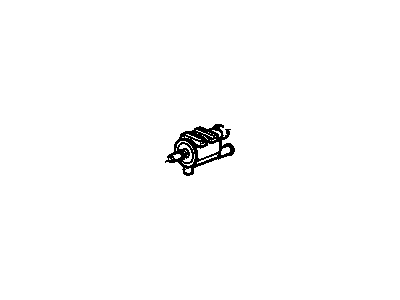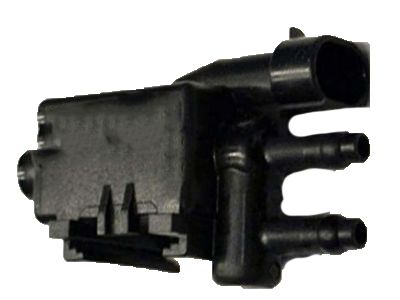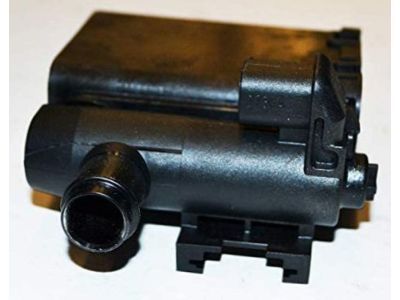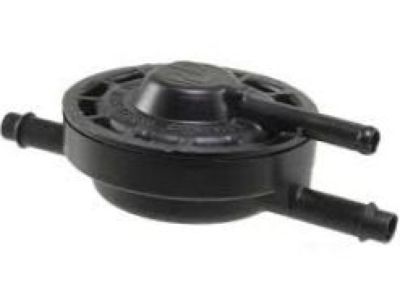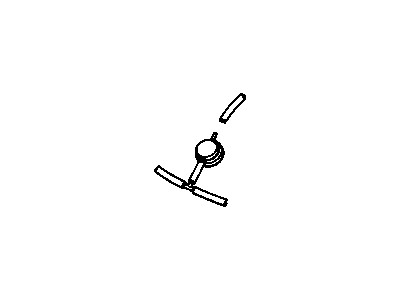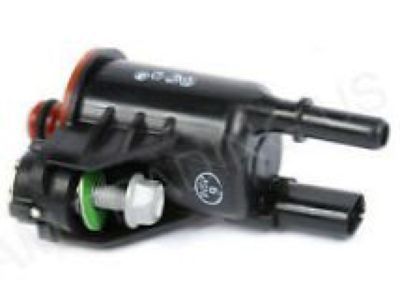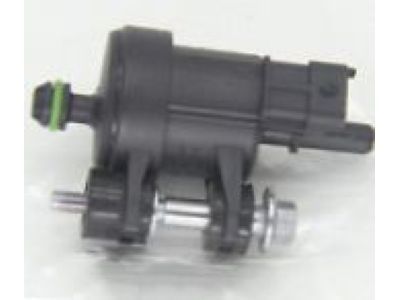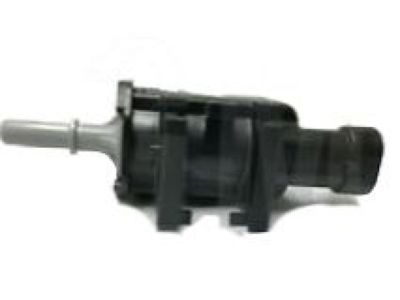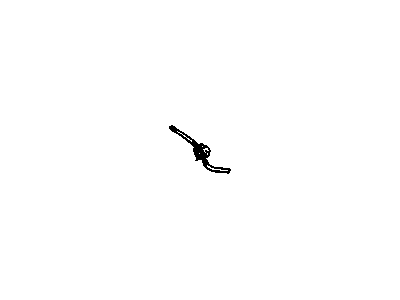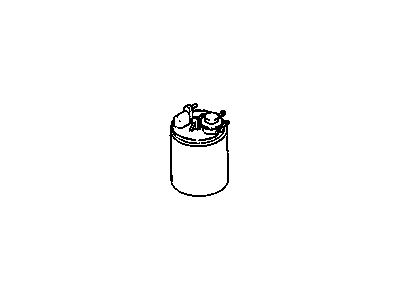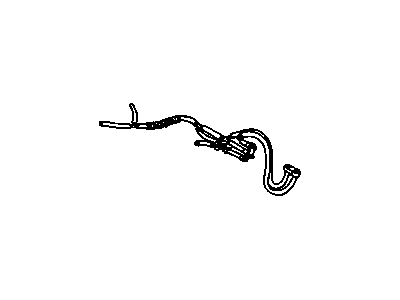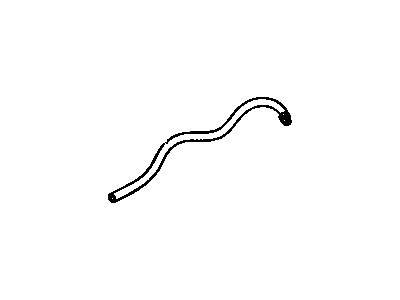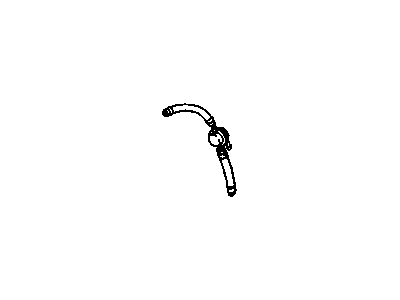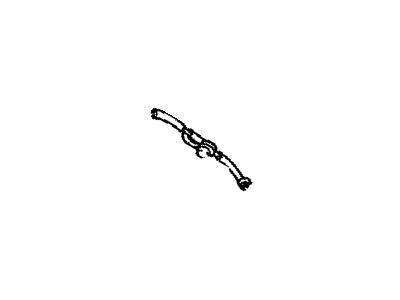
My Garage
My Account
Cart
Genuine Pontiac Firebird Canister Purge Valves
Fuel Tank Evaporator Purge Control Valve- Select Vehicle by Model
- Select Vehicle by VIN
Select Vehicle by Model
orMake
Model
Year
Select Vehicle by VIN
For the most accurate results, select vehicle by your VIN (Vehicle Identification Number).
17 Canister Purge Valves found
Pontiac Firebird Valve,Evap Emission Canister Purge Solenoid
Part Number: 1997278$37.10 MSRP: $69.54You Save: $32.44 (47%)Pontiac Firebird Valve,Evap Emission Canister Purge Solenoid
Part Number: 1997279$39.92 MSRP: $74.80You Save: $34.88 (47%)Pontiac Firebird Valve,Evap Emission Canister Purge Solenoid
Part Number: 1997201$35.33 MSRP: $66.21You Save: $30.88 (47%)Pontiac Firebird Solenoid Assembly, Evap Emission Canister
Part Number: 13575703$28.99 MSRP: $54.70You Save: $25.71 (47%)Ships in 1-2 Business DaysPontiac Firebird Valve Assembly, Auxiliary Evap Emission Canister Purge Solenoid
Part Number: 24574755$27.06 MSRP: $84.81You Save: $57.75 (69%)
Pontiac Firebird Canister Purge Valves
Each OEM Pontiac Firebird Canister Purge Valves we offer is competitively priced and comes with the assurance of the manufacturer's warranty for the part. Furthermore, we guarantee the speedy delivery of your orders right to your doorstep. Our hassle-free return policy is also in place for your peace of mind.
Pontiac Firebird Canister Purge Valves Parts Questions & Experts Answers
- Q: What is the purpose of Canister Purge Valves and Vapor Canister and how does it work on Pontiac Firebird?A:This system is designed to trap and store fuel vapors that evaporate from the fuel tank, throttle body, and intake manifold. It consists of a charcoal-filled canister and the lines connecting the canister to the fuel tank, ported vacuum, and intake manifold vacuum. Fuel vapors are transferred from various components to the canister where they are stored when the engine is not operating. When the engine is running, the fuel vapors are purged from the canister by intake air flow and consumed in the normal combustion process. The ECM operates a solenoid valve to control vacuum to the purge valve in the canister. Under certain conditions, the solenoid is turned on to close the valve and block vacuum to the canister purge valve. The solenoid is turned off to allow purge when the engine is warm and meets specific criteria. The control valve prevents purge to the intake manifold under low vacuum conditions. If the solenoid is open or not receiving power, the canister can purge to the intake manifold at all times, causing rough idle or rich operation. Inoperative purge valve, damaged canister, split or cracked hoses, or incorrect hose connections can result in poor idle, stalling, and poor driveability. Evidence of fuel loss or odor can indicate issues such as fuel leaks, damaged canister, inoperative valves, or faulty hoses. Inspecting and repairing or replacing hoses, canister, and components as necessary is recommended. Component replacement instructions for the fuel vapor canister solenoid and canister are provided.
Related Pontiac Firebird Parts
Browse by Year
2002 Canister Purge Valves 2001 Canister Purge Valves 2000 Canister Purge Valves 1999 Canister Purge Valves 1998 Canister Purge Valves 1997 Canister Purge Valves 1996 Canister Purge Valves 1995 Canister Purge Valves 1994 Canister Purge Valves 1993 Canister Purge Valves 1992 Canister Purge Valves 1991 Canister Purge Valves 1990 Canister Purge Valves 1989 Canister Purge Valves 1988 Canister Purge Valves 1987 Canister Purge Valves 1986 Canister Purge Valves 1985 Canister Purge Valves 1984 Canister Purge Valves 1983 Canister Purge Valves 1982 Canister Purge Valves
